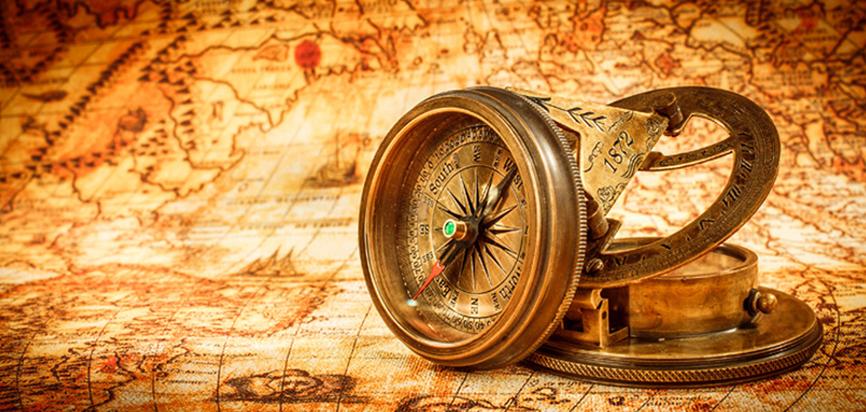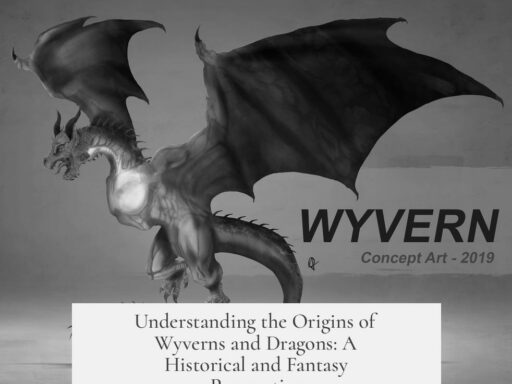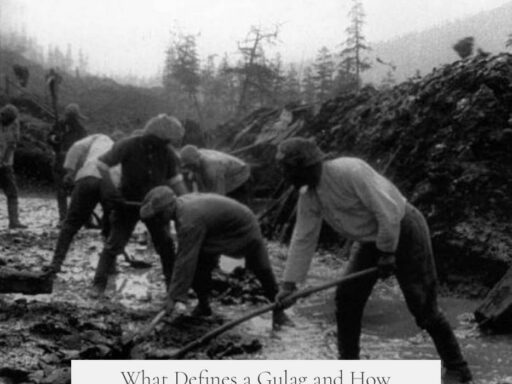West Francia became known simply as France during the reign of Philip II Augustus, specifically from the year 1190 onward. This shift is marked by Philip’s change in royal titles and the terminology used in official documents, reflecting the emergence of the modern concept of France.

Before 1190, the kingdom was referred to as West Francia, and the kings used the title Rex Francorum (King of the Franks). However, in 1190, Philip II Augustus began using Rex Franciae (King of France) on his royal seal. Over the next fifteen years, this designation increasingly replaced the older form. By 1204, Philip officially adopted Philippus Rex Franciae as his formal style in all royal acts.
The terminology regarding the kingdom also evolved. The term Regnum Franciae (Kingdom of France) first appears in 1205, distinctly replacing the previous title Regnum Francorum (Kingdom of the Franks). This shift in nomenclature is considered by many historians as the point where West Francia effectively became “France.”

This change aligns with broader political developments, notably Philip’s rivalry with King Richard I of England. Richard used the title Rex Angliae (King of England), replacing the older Rex Anglorum (King of the English). Philip’s adoption of Rex Franciae mirrored this assertion of national sovereignty.
Significantly, 1204 was also the year Philip II conquered Normandy, a key Plantagenet possession, curbing English influence in France. This territorial gain reinforced his claim and consolidated the French kingdom under a distinct identity.

While the formal transition occurred in the late 12th and early 13th centuries, historians also acknowledge an earlier symbolic starting point. In 987, Hugh Capet ascended to the throne, founding the Capetian dynasty and continuing the legacy of West Francia under a new lineage often retrospectively referred to as France. However, the concrete use of “France” as a kingdom name consolidates under Philip II Augustus.
- Philip II Augustus adopts Rex Franciae in 1190, shifting from Rex Francorum.
- The term Regnum Franciae appears officially in 1205, replacing Regnum Francorum.
- The change reflects political rivalry with England and territorial consolidation.
- 1204 marks the conquest of Normandy, further establishing the French kingdom.
- Historians recognize 987 as a symbolic start, but the name “France” solidifies under Philip II.
When Did West Francia Become Known Simply as France?

The transformation from West Francia to what the world now calls France occurs around the turn of the 13th century, specifically during the reign of Philip II Augustus (1180–1223), with the pivotal shift beginning after 1190. This change is a fascinating blend of politics, royal branding, and rivalry that redefined a kingdom’s identity forever.
Now, let’s unwrap the story behind the official name change. Why did a kingdom once called West Francia decide to drop the directional tag and go simply by “France”? The answer lies not just in fancy titles but in the strategic moves of kings and expanding power.
Before Philip II Augustus, the rulers were known as Rex Francorum—“King of the Franks.” This old style highlighted the people, the Franks, rather than a defined territory. But things start to shift when Philip, eager to cement his authority and distinguish his reign from predecessors and rivals, swaps that title for Rex Franciae, meaning “King of France.”
The Reign of Philip II Augustus and the Birth of “France” as We Know It
Philipp II changes the game in 1190. On his royal seal, he first uses Rex Franciae. This isn’t just a cosmetic tweak; it signals a fresh identity. Instead of ruling over a group of people, Philip claims kingship over a defined land: France. Over the next fifteen years, this title grows more common in official documents.
By 1204, the switch is official. Philip opens all his acts under the title Philippus Rex Franciae. It’s a bold way of saying, “This is France now, not just some old Frankish territory.” That year also sees the earliest use of the term Regnum Franciae – the Kingdom of France – which replaces the traditional Regnum Francorum.
Why the Change? The Political Sparks Behind the Name
This isn’t just a random name swap. Philip II’s rivalry with England’s King Richard I “Lionheart” adds fuel to the fire. Richard styled himself Rex Angliae (King of England), modernizing old titles and emphasizing territory over lineage, just like Philip now does. Both monarchs are playing with royal branding as a way to showcase territorial ambition and power.
Here’s the kicker: 1204—the year Philip officially embraces Rex Franciae—is also the year he triumphantly conquers Normandy. Normandy had been a major English holding on French soil. Taking it back was a political masterstroke that justified Philip’s new royal title. He wasn’t just a king of the Franks anymore; he ruled a stronger, territorial France with clear boundaries. It was a declaration of dominance over lands rather than just people.
Historians Weigh In: When Did “France” Really Begin?
While the official shift happens under Philip II, historians often point to an earlier moment in 987 as well. That year marks the coronation of Hugh Capet, who succeeded the Carolingians and founded a dynasty that ruled France for centuries. This moment is often called the birth of France because it established a new royal family that was distinctly French in identity.
Still, the key historical consensus places the shift from “West Francia” to “France” in Philip II’s reign, given the formal use of Rex Franciae and Regnum Franciae. The earlier 987 date is more about dynastic foundations than formal naming.
Why Does It Matter? The Practical Side of Naming a Kingdom
Changing a kingdom’s name isn’t just a historical curiosity. It reflects control, identity, and political messaging. By declaring himself “King of France,” Philip II Augustus is shaping a national identity that outgrows tribal roots. It suggests a centralized realm with defined territories capable of standing up to rival kingdoms.
This name change also signals the shift toward the modern nation-state concept, centuries before terms like “nation” became common. It’s an early example of how rulers use titles and language to unify their subjects and legitimize power.
Tips for History Buffs: Spotting Early France
- Look for royal seals and official documents from 1190 onward. They show the gradual replacement of Rex Francorum with Rex Franciae.
- Watch for events in 1204—capture of Normandy is a game-changer in defining French territory.
- Remember that “France” as a concept builds over time, starting with dynastic shifts in 987 and culminating in formal titles by the early 13th century.
Curious about early modern nation-building? Here’s a thought:
Could the way Philip II Augustus changed his title be seen as one of the earliest examples of “rebranding” a nation to fit emerging political realities? Sounds suspiciously familiar in today’s branding world.
Philip’s tactic was practical and political. His rebranding wasn’t just for show. It reflected real power shifts, territorial expansions, and rising nationalism.
Summing It Up
So, when did West Francia become simply “France”? It happens between 1190 and 1204 during Philip II Augustus’s reign, especially when he switches official titles to Rex Franciae and formally adopts “Kingdom of France” in official acts—marking a clear departure from previous Frankish titles.
This transition mirrors the rise of a more centralized and territorially defined kingdom, influenced heavily by political rivalry with England and the conquest of key French lands like Normandy. The change is as much about power and prestige as it is about identity.
If you want to sound like a history pro at your next trivia night, now you have the story: West Francia’s evolution to France is a tale of royal titles, political rivalry, and effective rebranding—making Philip II Augustus one of history’s early nation-builders.




